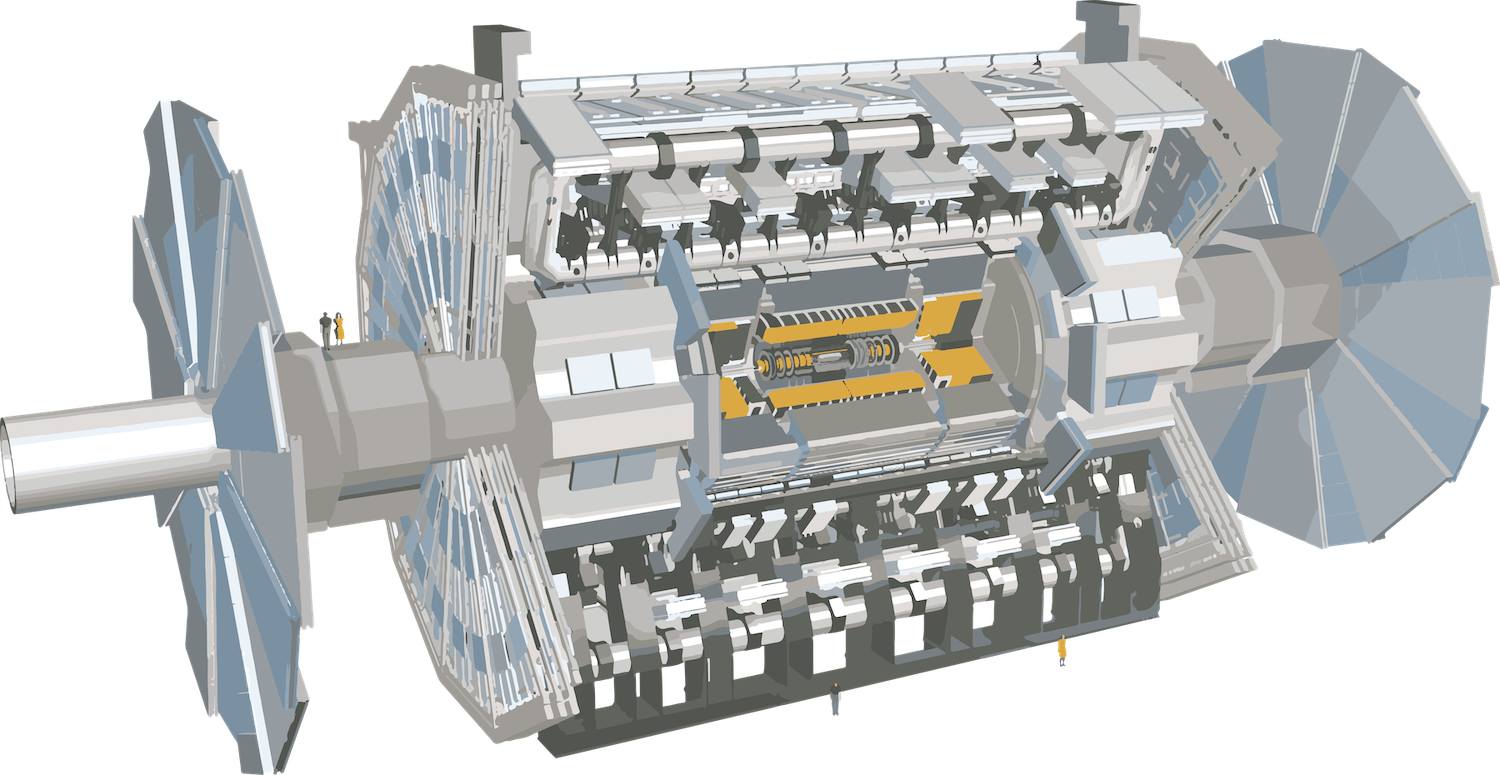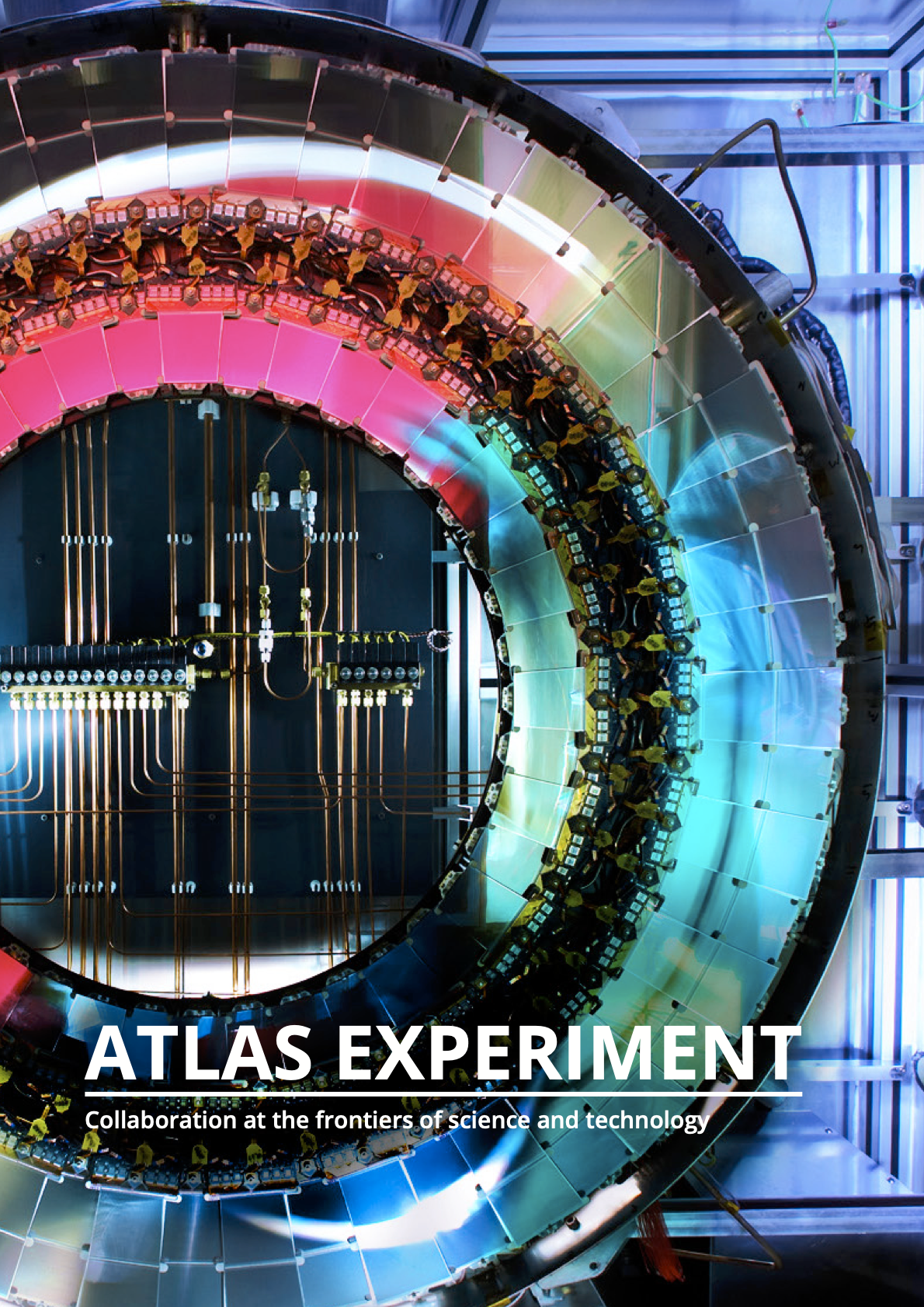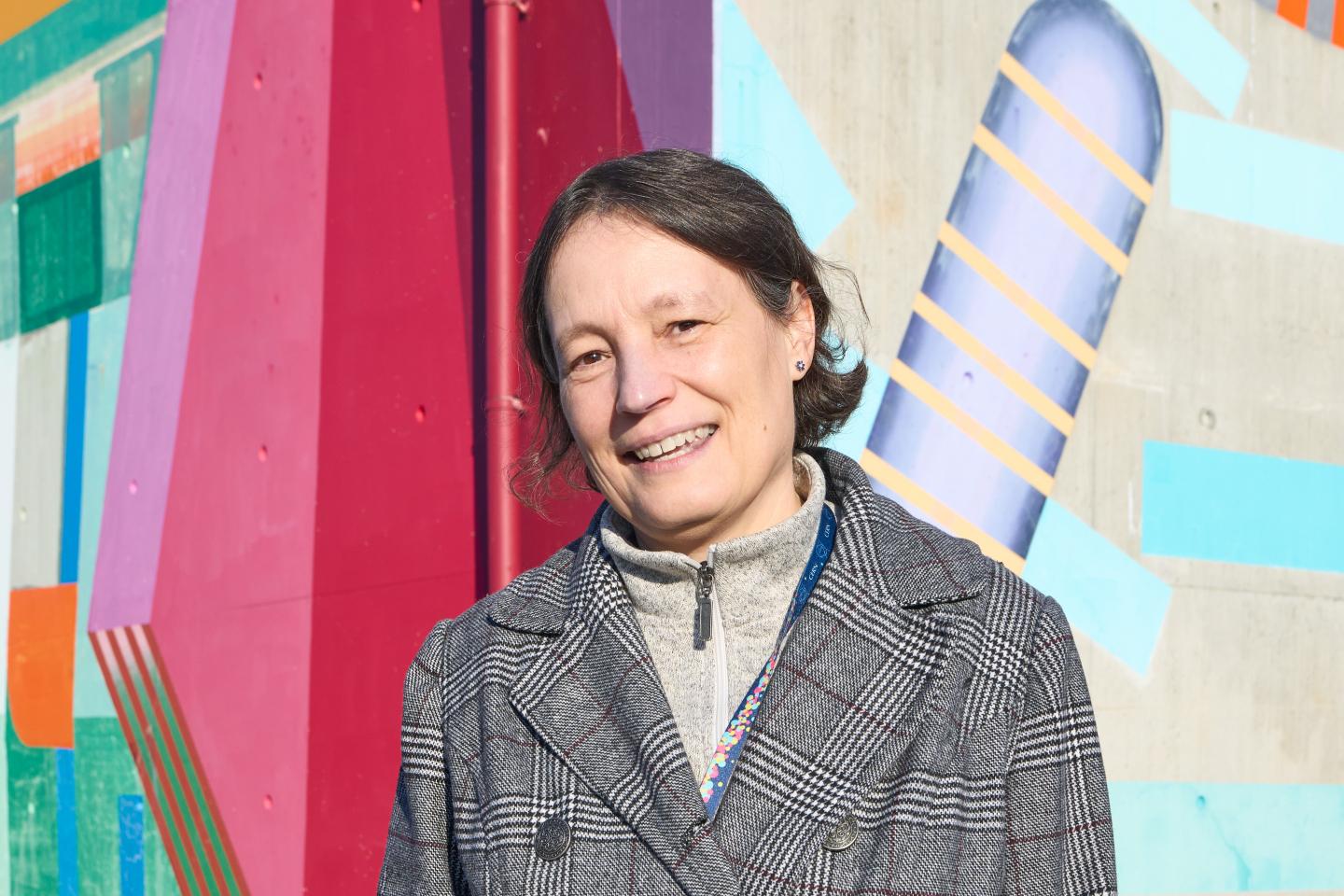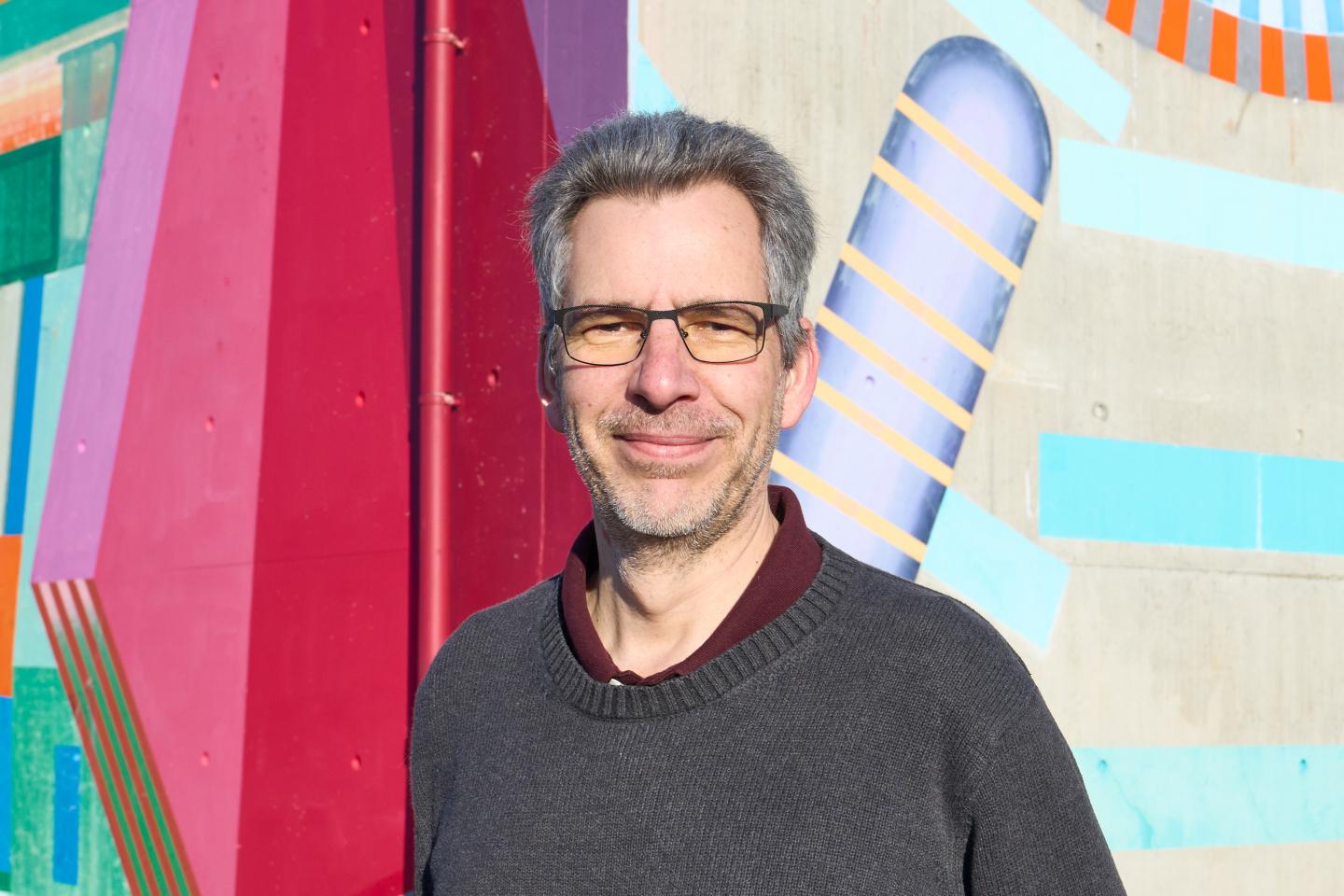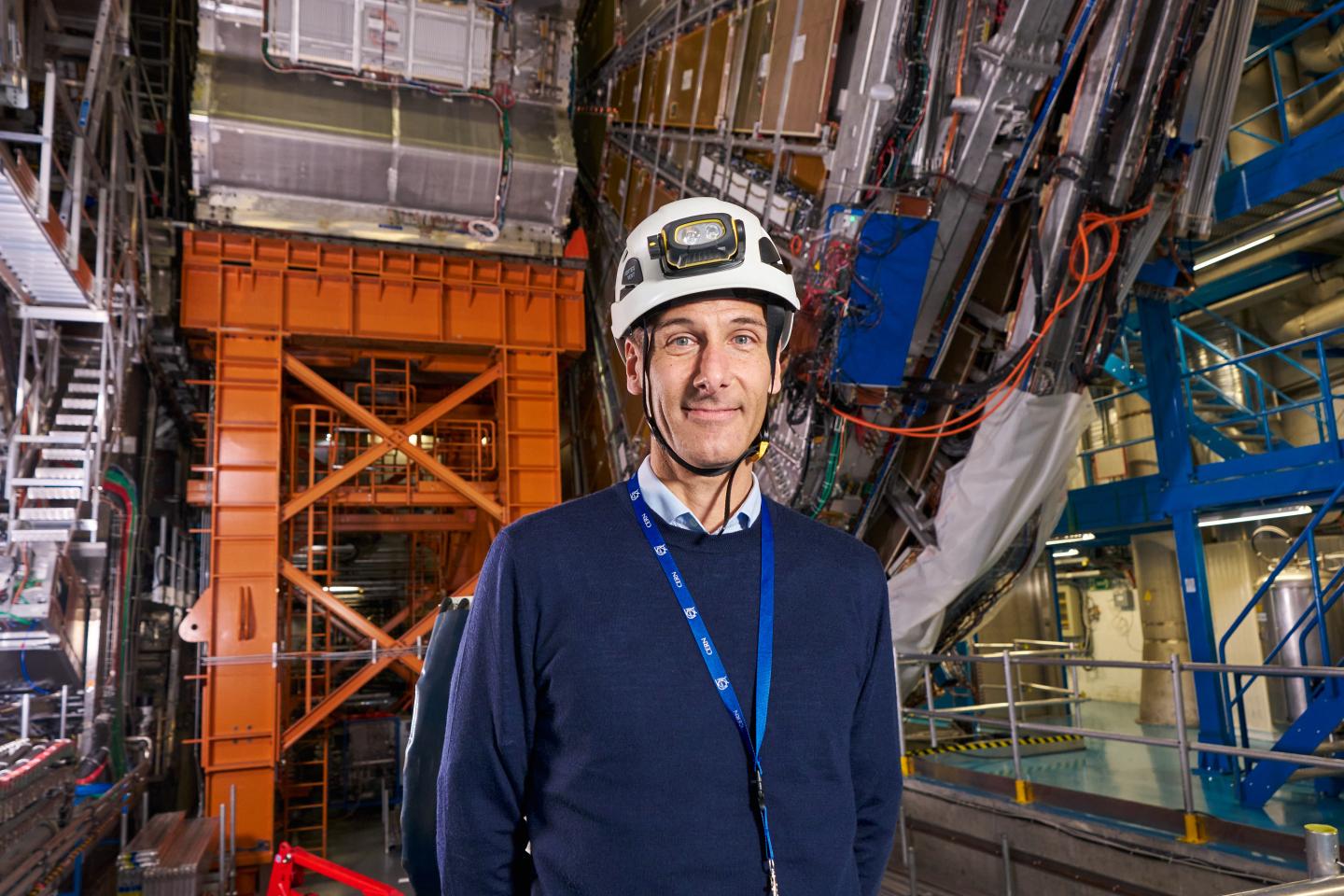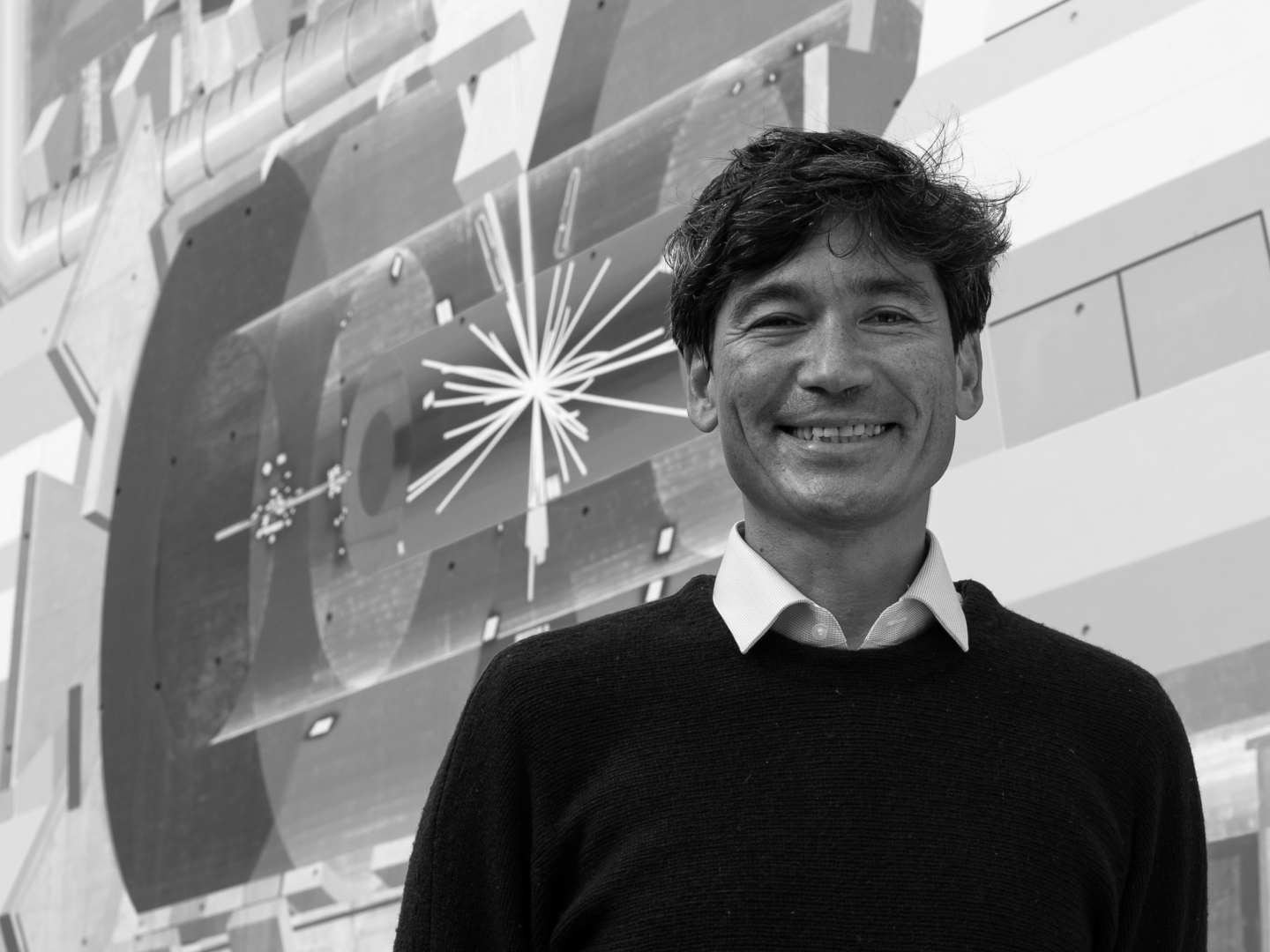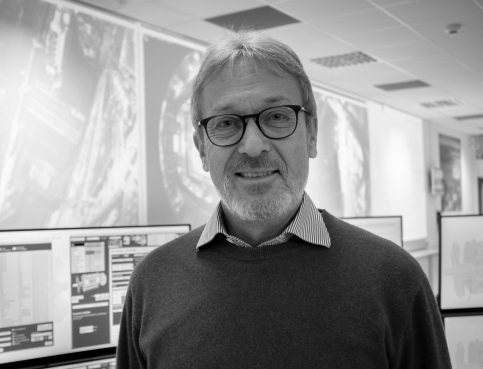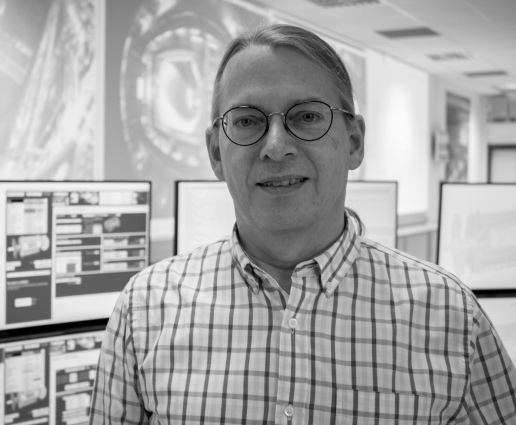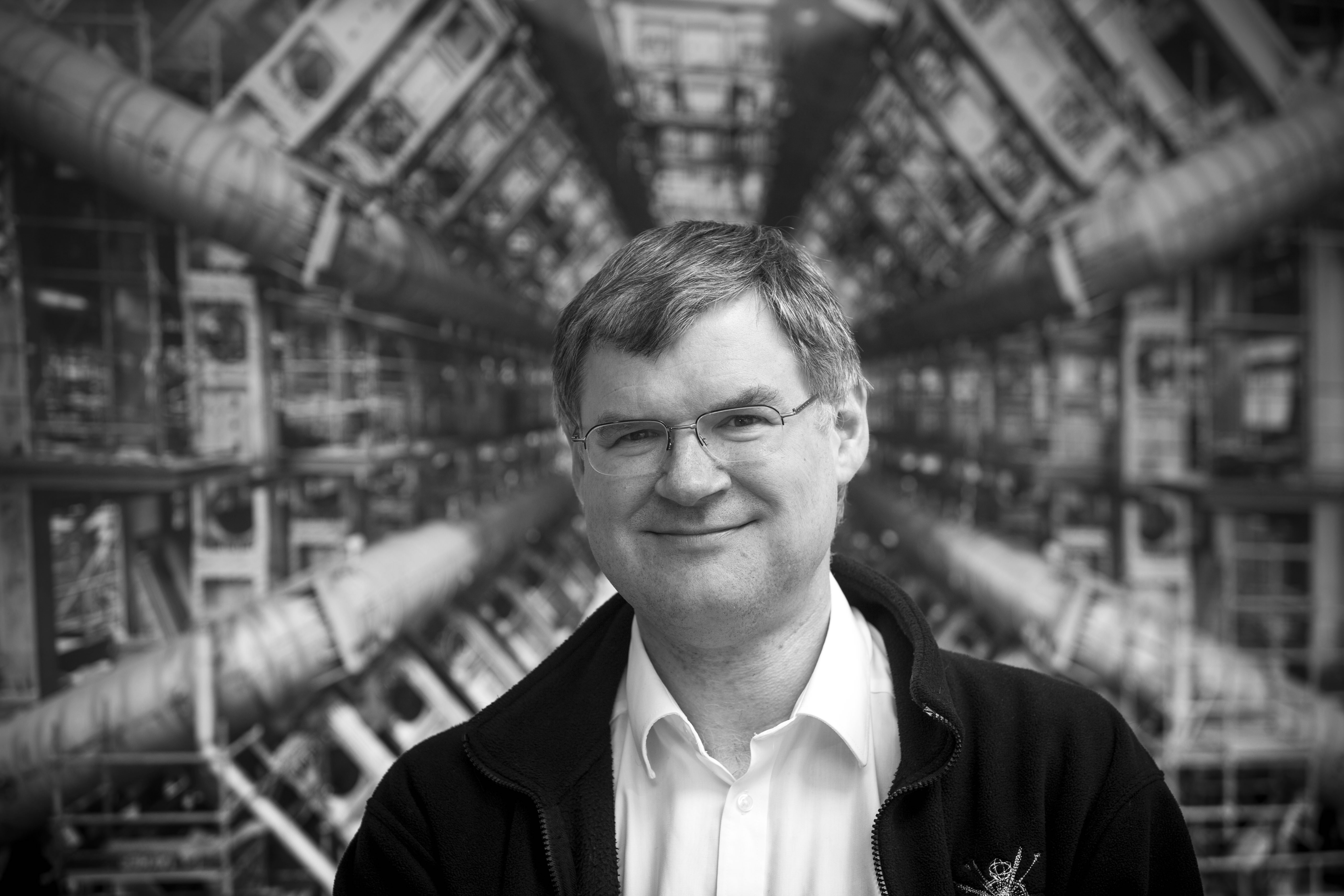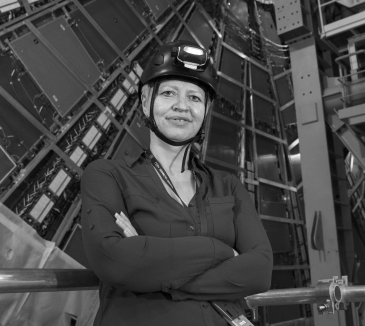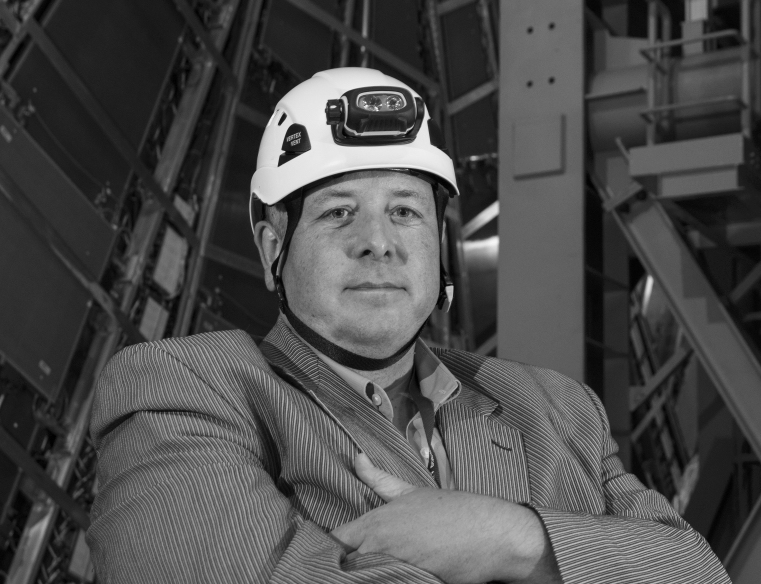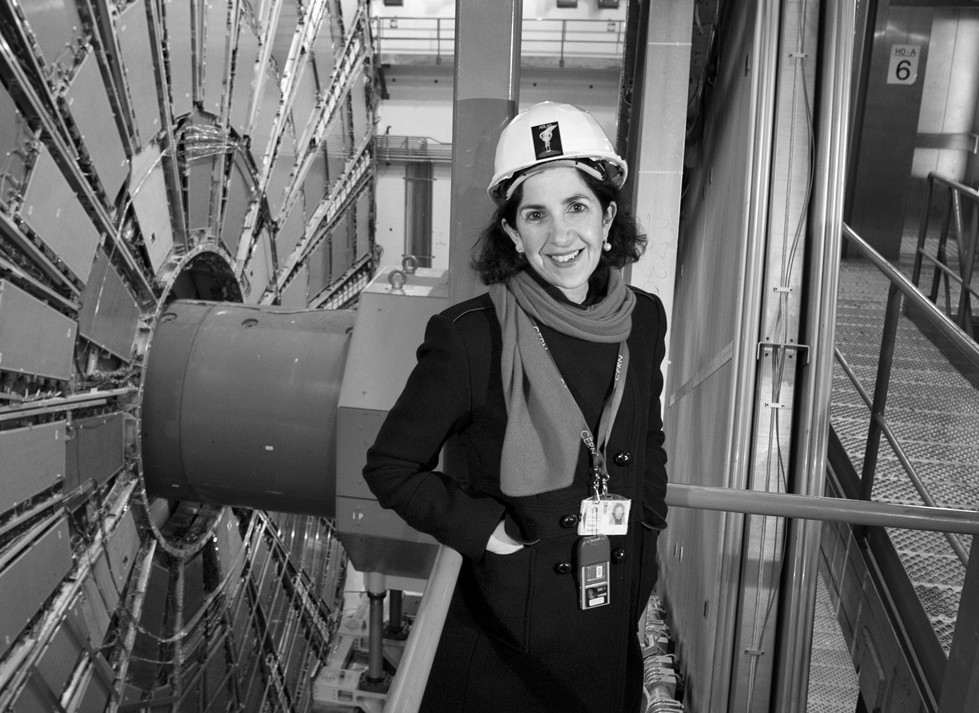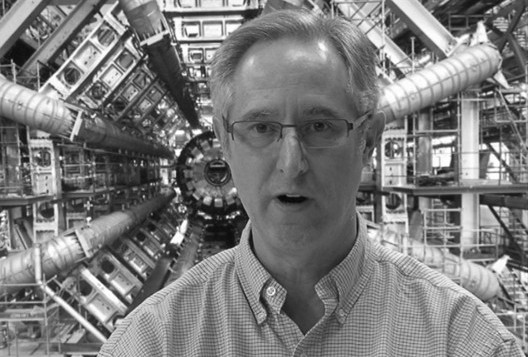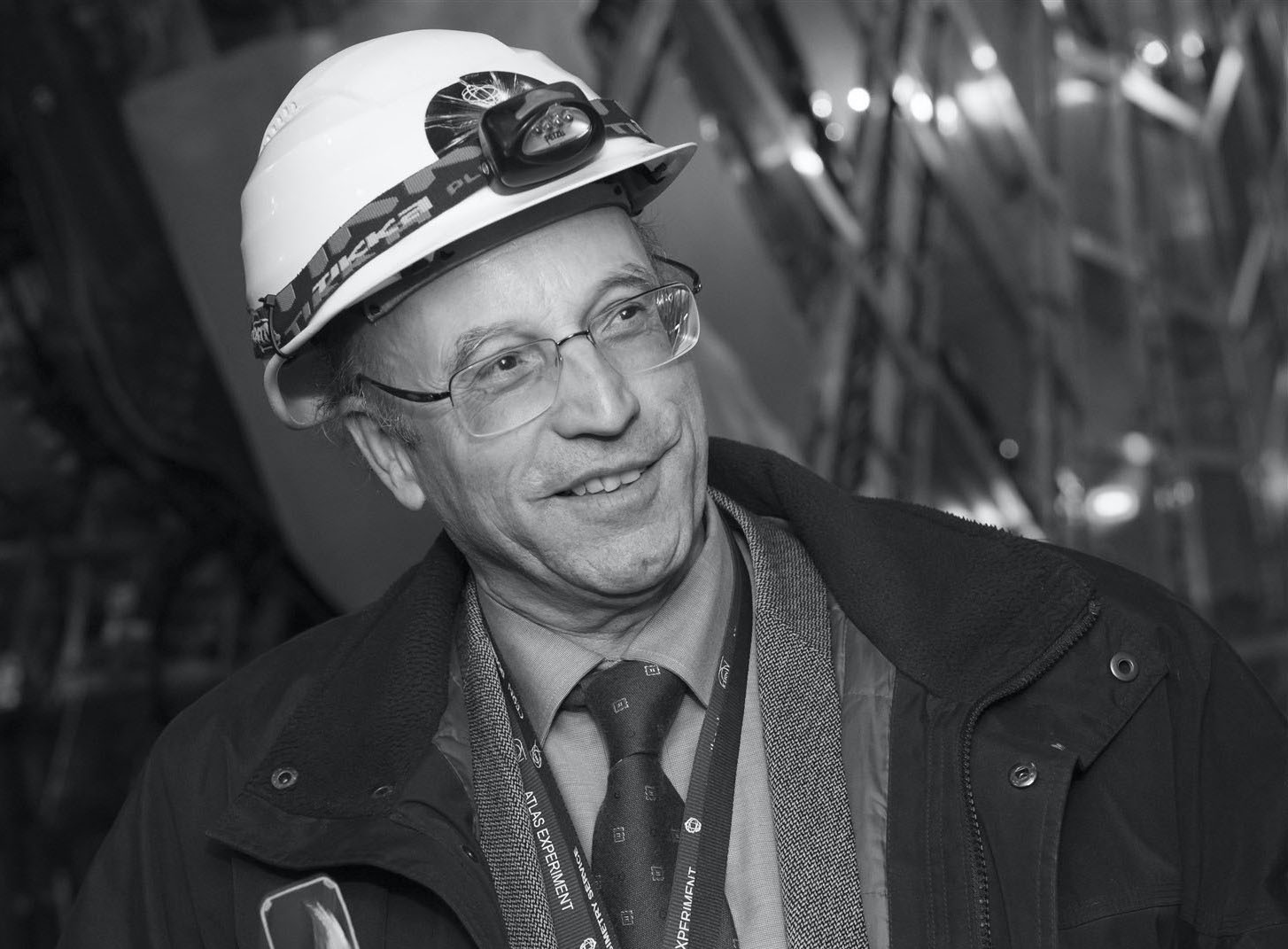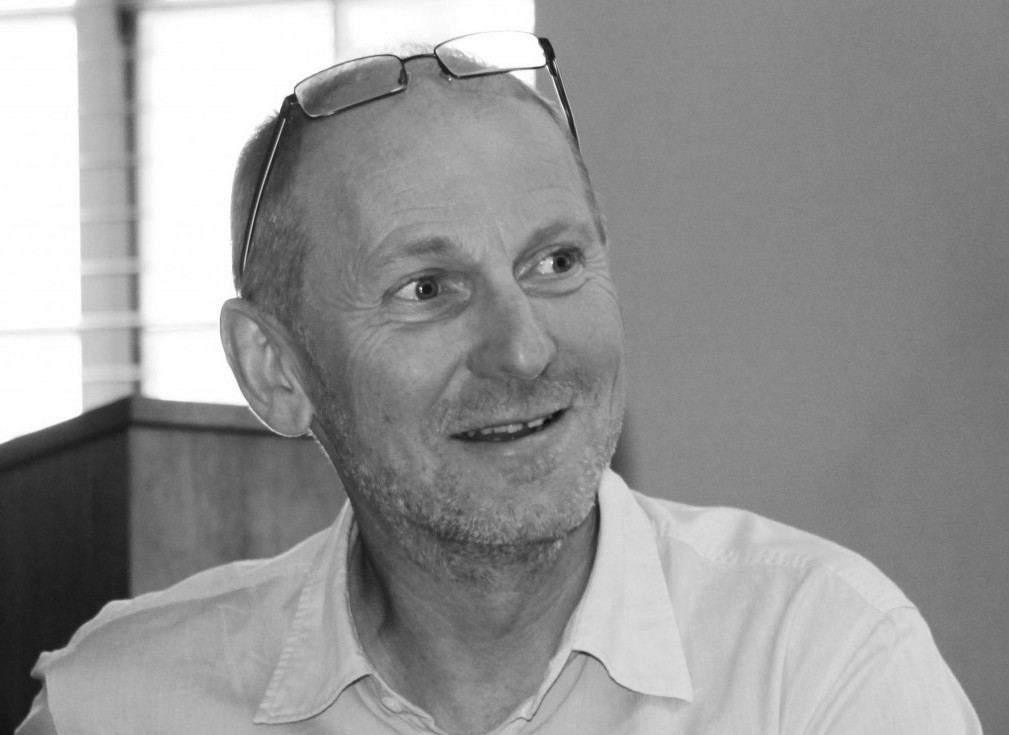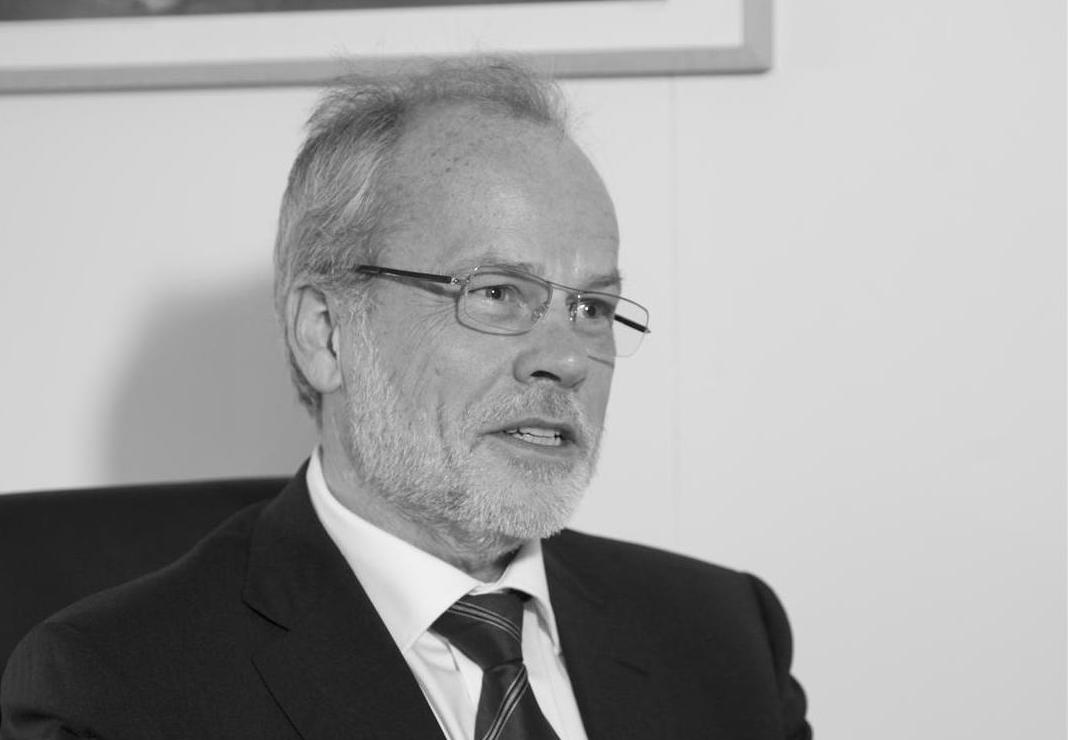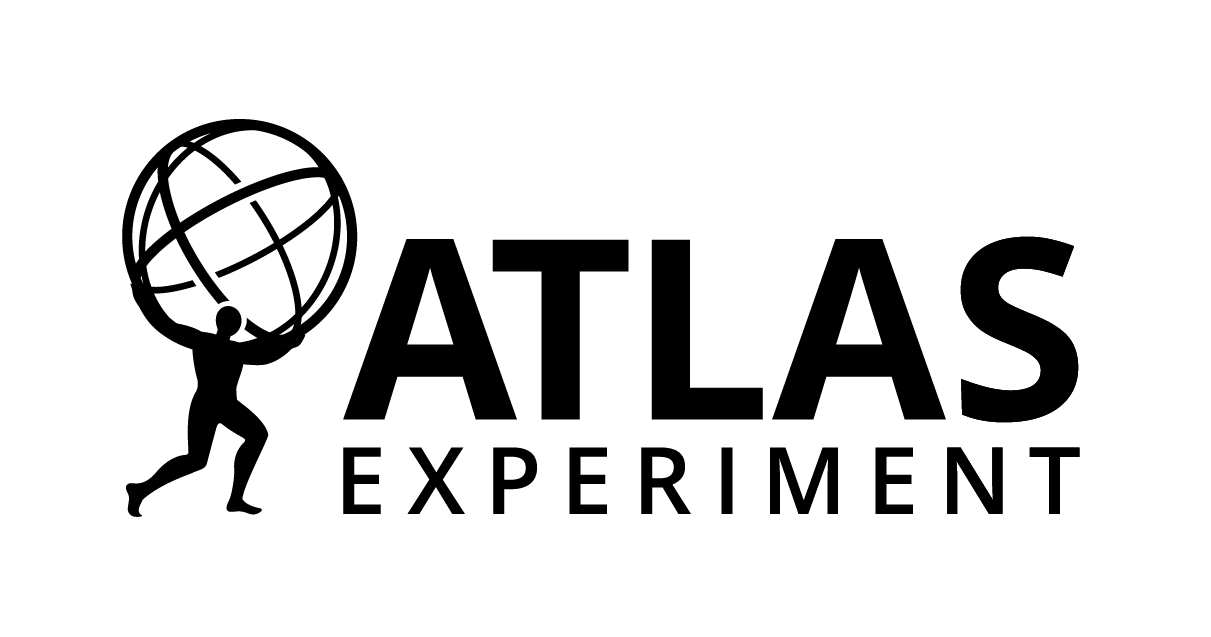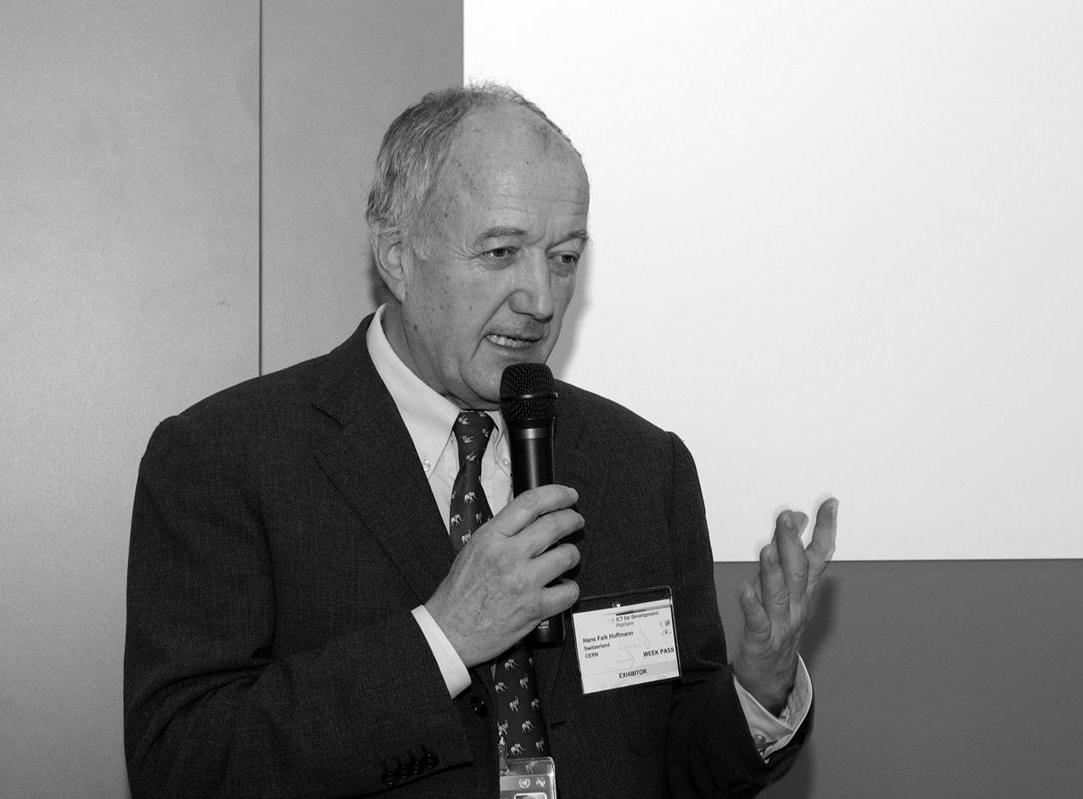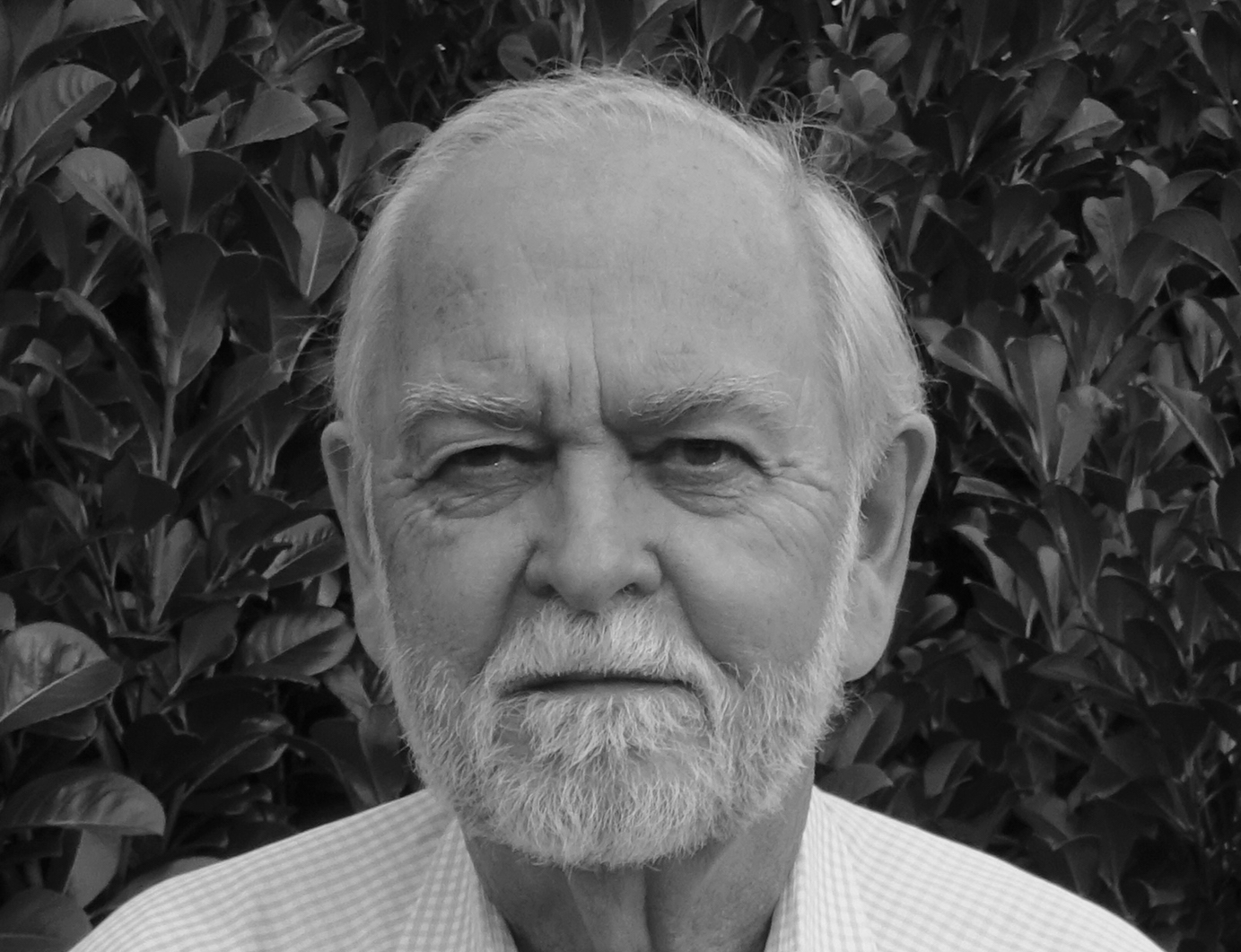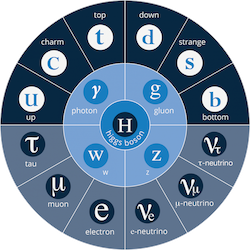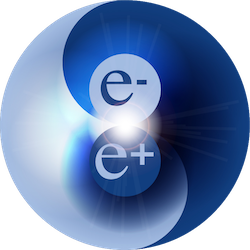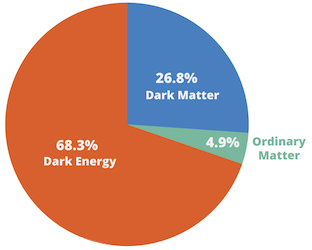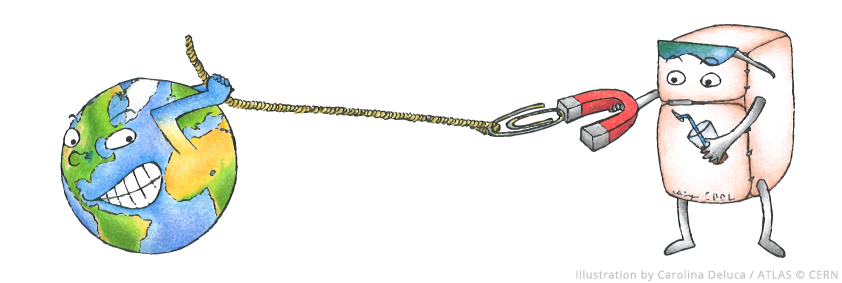Full Institutional Members (Institutions) have full rights and obligations in the Collaboration. In particular, they are represented in the Collaboration Board (CB). This is an assembly of all ATLAS Institutions, where major decisions for the collaboration are discussed and voted on. Every Institution is equal, with one vote each.
ATLAS Institutions are expected to contribute to the Operation and Maintenance (M&O), to Operation Tasks (OT), and physics programme of the ATLAS experiment, as well as to the detector upgrade programme for operation at the High-Luminosity LHC. ATLAS Institutions have the following obligations:
To enter the ATLAS Collaboration as a full Institutional Member, a financial contribution must be paid. This contribution can, in part, be delivered “in-kind”, by providing well-defined deliverables in technical areas, e.g. software or firmware. Details are to be discussed with the Spokesperson.
There is a yearly share of M&O costs of around 10 kCHF per author (or qualifying author) holding a PhD or equivalent (M&O author). In addition, a common fund contribution of about 1.5 kCHF per M&O author, per year is paid during the High-Luminosity LHC detector upgrade phase (2018–2025). There are no M&O payments for students.
Institutions take on a share of the OT, such as shifts or data quality monitoring, and corresponding institutional commitments. For the OT requirements students are also included, however with a lower weight of 0.75. An increased OT share is expected to be taken by the joining groups during the first two years.
New groups are also expected to contribute to the Phase-II upgrade of the ATLAS experiment.
The admission of a new full member Institution is taken by a vote at the CB and endorsement by the Resources Review Board (RRB) need to be obtained.
Path to Institutional Membership
- A new group usually starts working with ATLAS before any formal engagement is taken. This happens most efficiently by being hosted by an existing ATLAS Institution, e.g. as an Associate Institute (see below). This initial work helps to establish and foster the mutual interest for future long-term Institutional Membership.
- After about one year, the new group may submit an Expression of Interest (EoI) to join the ATLAS Collaboration, describing its general structure (staff, students, engineers), the expertise of the group, its planned activities and contributions to ATLAS as well as its projected evolution. At that stage the group must demonstrate a critical size, i.e. it should have permanent staff and typically more than one faculty member. The group must have a well-defined set of interests and a plan for long-term engagement within the collaboration.
- The EoI is announced by the Spokesperson to the ATLAS CB, followed by a short presentation of the group leader of the applicant institute. Earliest one CB later (there are three per year) a formal vote on the admission can be taken. A statement of support is required from the National Contact Physicist of the respective nation, who should also ensure that both the ATLAS national community (if it exists already) and the funding agency/ies concerned are in agreement. In addition, a supporting statement from the Project Leader or Activity Coordinator of the areas where the new group plans to get engaged is required.








